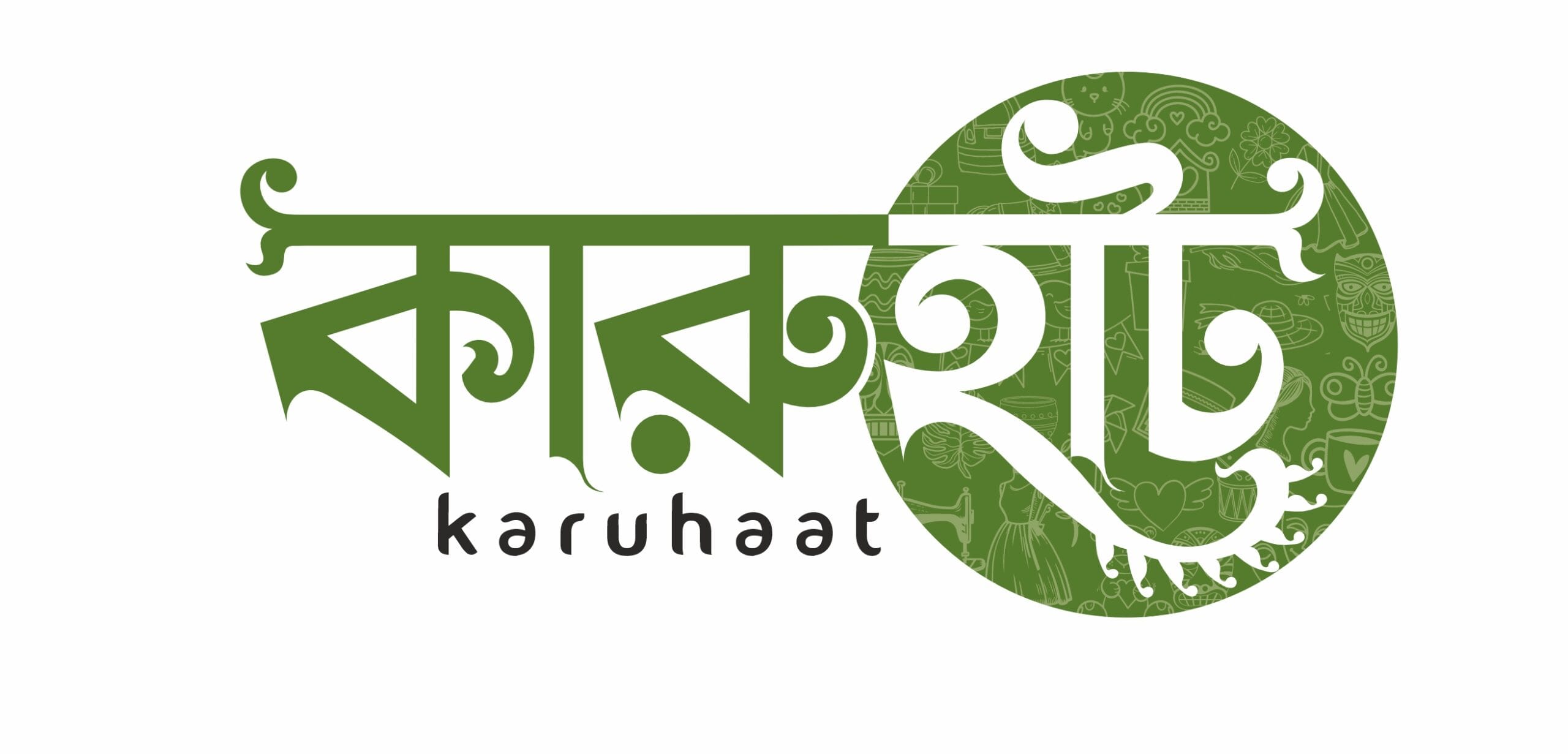No products in the cart.

A quiet revolution is under way in eastern India, a place where ancient customs are becoming worthwhile drivers of economic independence. The traditional crafts of West Bengal, specifically its intricate kantha embroidery, are witnessing a never-before-seen renaissance, as they embrace the digital age while staying true to their cultural roots.
Initial necessity for financial independence has paved the way for the bamboo from the Northeast to become synonymous with sustainable development and empowerment. Cutting-edge technology has married long-held tradition, bolstering the local art that draws visitors to a city that has so long willingly succumbed to its lowest, darkest selves.
Traditional Crafts of West Bengal: A Rich Heritage, A Newer Era
Historical Roots and Societal Importance
The crafts of West Bengal, especially kantha embroidery, are a testament to the region’s artistic legacies. Katha has been in existence since the pre-Vedic age as a solution to shortage of textiles, women stitched old pieces of fabric together to make new ones. The word “kantha” comes from a Sanskrit word, “kontha,” which means rags and indicates its modest beginnings. In contrast, kantha embroidery flourished as a craft developed by and for the people, shared between generations of mothers and daughters across all rural social classes.
Modern Revival and Institutional Support
Several institutional initiatives have contributed to the revival of the traditional crafts of West Bengal. The RCCH project has been a joint venture undertaken by the West Bengal government and UNESCO to connect rural artisans with urban marketplaces. The “Daksha — Crafting Voices” exhibition at the Birla Academy of Art and Culture in Kolkata is one such effort, bringing together the Northeast’s rich tapestry of craft heritage and linking artisans with modern consumers.
Integrating Social and Economic Empowerment
Especially for rural women, traditional crafts has become a powerful tool for economic empowerment. Social entrepreneurs like Shamlu Dudeja took the lead in the 1980s, transforming kantha embroidery from a native art into a source of sustainable income. Not only do these programs preserve cultural heritage, but they also give economic opportunities and social mobility to marginalized communities.
Urge on Development and Integration
Introduction The rise of urbanisation and migration patterns have ignited a new vein of rating traditional crafts, and while these are often adapted for urban markets, they remain culturally relevant. Today’s designers are taking traditional techniques and applying them to modern fashion and home décor, producing items that will resonate with urban consumers and preserve the traditional aesthetics. That fusion has created new markets for artisans while ensuring their craft lives on.
The traditional crafts of West Bengal are reaching out to global audiences, thanks to digital platforms and modern marketing techniques. Direct access of consumers via online marketplaces and social media to artisans is also facilitating sales, while technology-oriented training programs help to preserve and lead new skill development. It is similarly applicable to the creative landscape, where the latest technology is both a hindrance and a boon.
Training data (knowledge) sourced until date: October, 2023
The Kangaliter, featuring West Bengal, explores the evolving traditions of the state and its craftsmanship. What are some government initiatives to promote rural artisans? As consumers become increasingly aware of the importance of sustainable and culturally relevant products, traditional craftspeople are able to find new opportunities in the marketplace, and leveraging eco-sensitive practices and fair trade principles will guarantee industry longevity.
Patterns in consumer behavior and market response
Modern consumers are showing a bigger appreciation for authentic, hand-crafted products with cultural significance. Hence, this trend is indeed a boon for our folklore crafts, because they reflect our culture and also our sustainable methods. Kantha embroidery has also found its way into the international fashion world, and connecting traditional craftsmanship to contemporary products illustrates the broad international appeal of West Bengal’s handicrafts.
Where Heritage Meets the New Economy
From being once local cultural expressions, the traditional crafts from West Bengal have gained recognition in the global art world. The subsequent effort to support local initiatives led to renewed professional formation for women and men, connecting ancient craftsmanship with modern socio-economic evolution.
As consumer awareness continues to drift towards sustainable and culturally significant products, the craft sector in West Bengal is set to grow from strength to strength. The gratifying fusion of traditional techniques with modern design aesthetics guarantees that these crafts will stay culturally authentic and commercially viable for generations to come.






